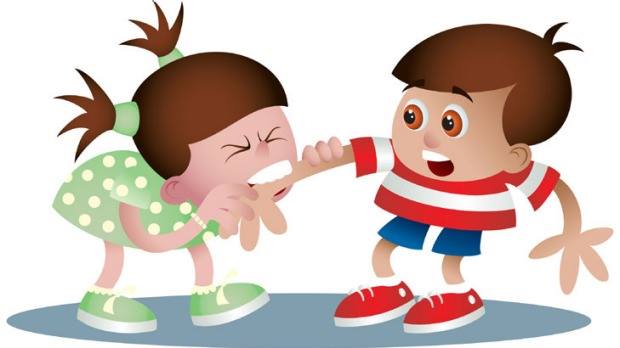Why Does a Child Bite?
Biting behavior in children is very common. It is mortifying when it happens and frustrating but it is going to happen at some stage in a situation where you are caring for lots of children. Many children bite. The first most important thing to remember is that biting back, or shaming the child never works. Unfortunately, I have seen this behavior in response to biting from an early years educator.
It is important not to refer to the child as a “biter.” They are simply a child exhibiting a behavior that is telling you something.
As an educator who doesn’t have full disclosure to what goes on at home, it can be a puzzle to figure out why the behavior is occurring but once you do, then you will know what an appropriate response will be.
There are 2 main reasons children bite:
- A coping mechanism in response to a challenge
- To fulfill a need.
Examples of biting in response to a challenge might be:
• Lack the verbal communication to tell you what is happening
• Overwhelmed by emotional or sensory stimulus
• Lack problem solving skills (cognitive functions have not developed yet)
• Self defense
• Overwhelmed with changes in their life (moving, change in routine at home, new baby arriving etc)
• Feeling powerless

Examples of needs might be:
• Oral stimulation
• Need for more personal space (someone getting too close)
• Communication (like frustration or anger)
• Need more active playing time
• Teething
• Experimenting to see what will happen
• Get attention
Although concerning to an educator because it is their responsibility to ensure the safety of all children, it is really important to keep your own feelings in check when it occurs.
Strategies For When a Child Bites
Respond immediately – If at all possible, the best time to make change is BEFORE the action occurs. Look for signs that it might be going to happen (like clenching their teeth together) or other signs that the child may give. If you can get it before it happens, the child will learn more quickly.
Take the child away to a quiet place and provide an alternative. It depends why the child is biting, but if it is as a response to emotion (anger or even love) then teach them a more appropriate way to respond.
Keep your feelings in check – it is really natural to raise your voice at a child and tell them “don’t do that” but such attention, even though negative, can reinforce the behavior. Keep calm and keep consistent – always using the same words or the same strategy when it happens to give your child time to learn.
Focus your attention on the victim – Respond to the child who was bitten with calming words and attention “I am sorry you are hurting. Let’s get some ice” for example.

Do not punish – teach. A group of psychologists (Garcia, Greenman and Stonehouse) suggest that for children over the age of 2 years, it may be helpful for the child to assist in the first aid process. As young children don’t understand negatives, saying “don’t bite” does not work as well as saying something like “It really hurts when you bite. It has made Sally really sad.” You can then demonstrate gentle touching as you assist in the first aid.
Listen don’t lecture – children who start biting sometimes are indicating that they have big feelings that need to be heard. Talk to them, listen to them, ask them questions calmly and give them words and other ways to express themselves.
Use strong, consistent language – if you see a child about to bite or who has just bitten, use the word “no” strongly (but not yelling). Then use a soft tone with the victim as you console them. The difference in tone is important along with your body language and facial expressions.
While they are learning a new behavior, it means keeping a watching eye, ready to intervene when necessary until new learned behavior has replaced the biting.

